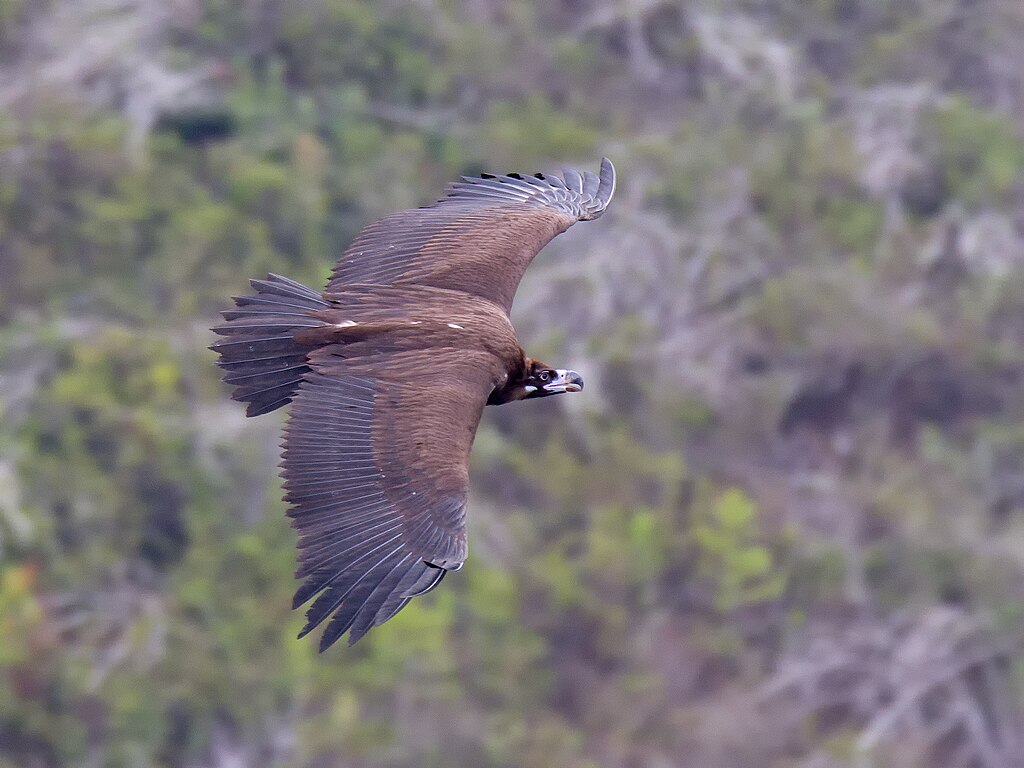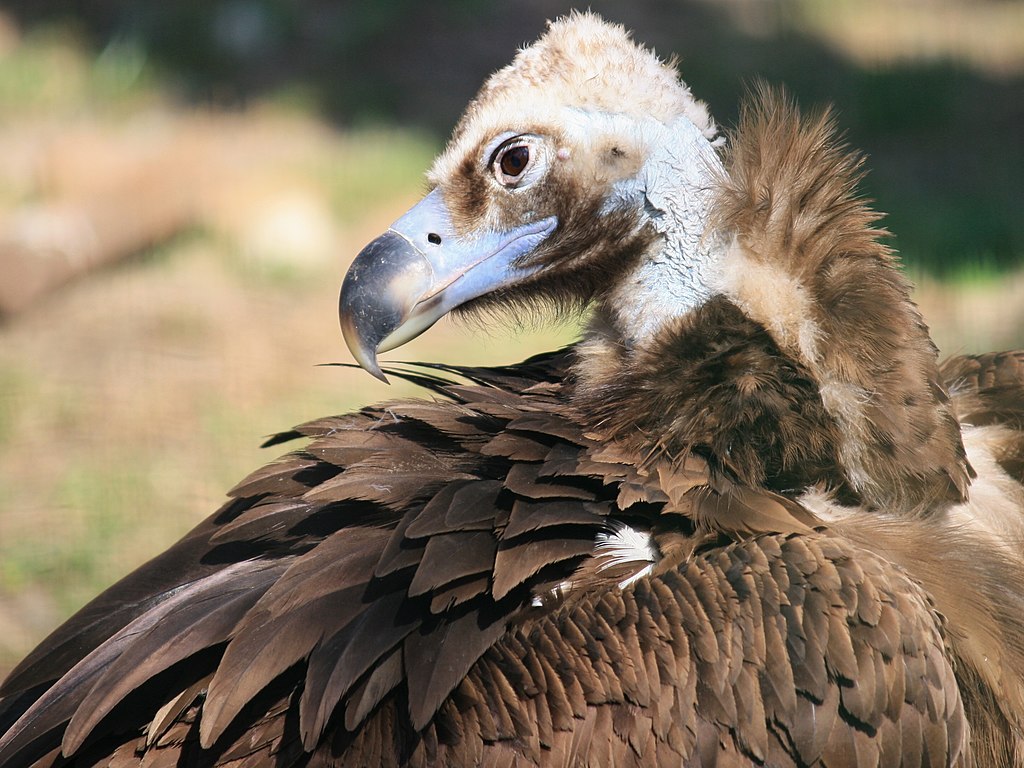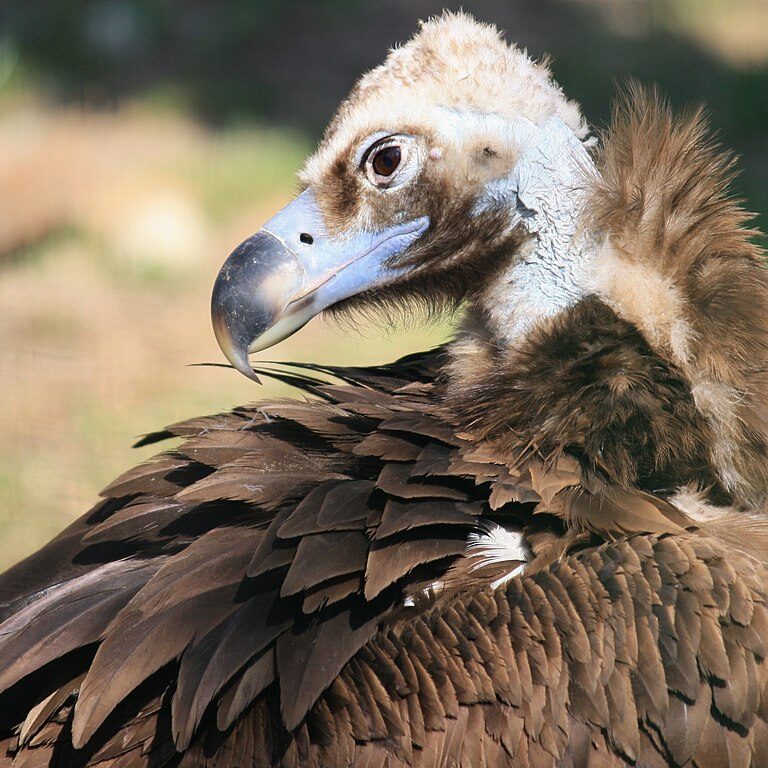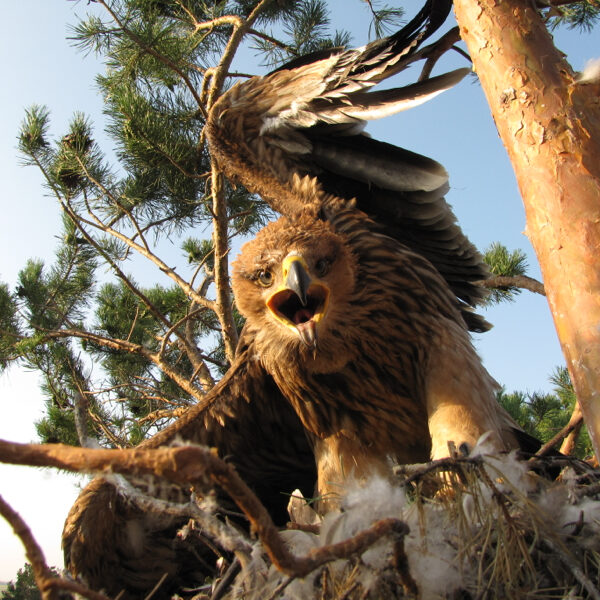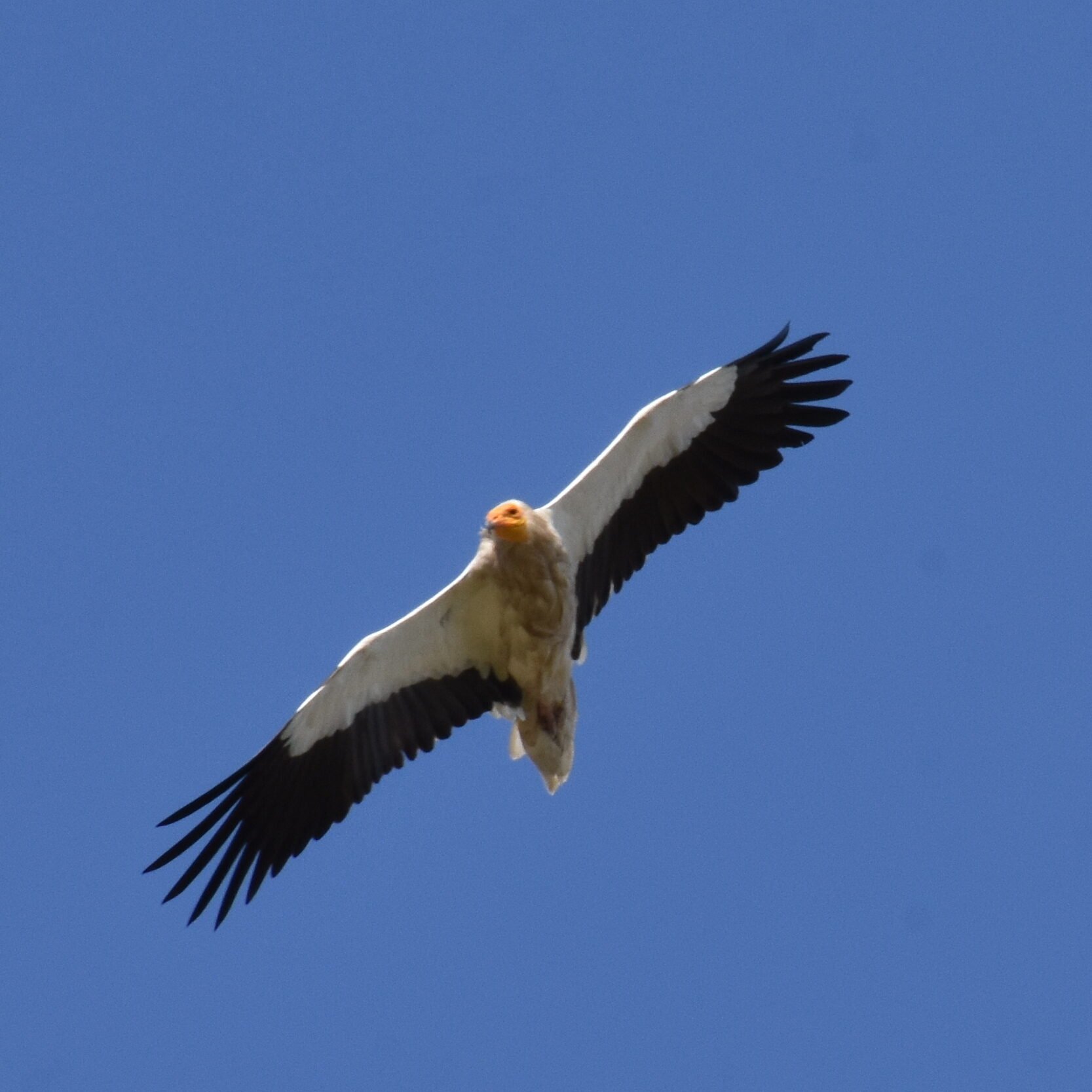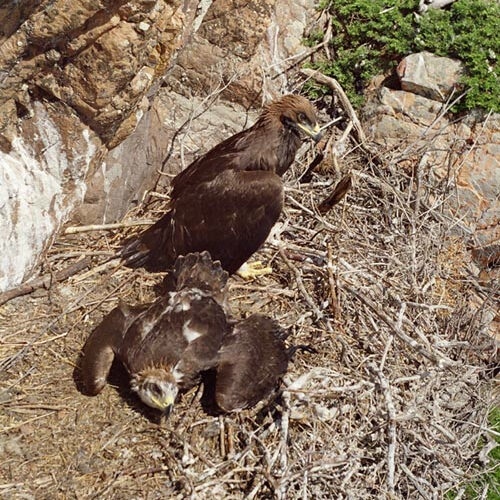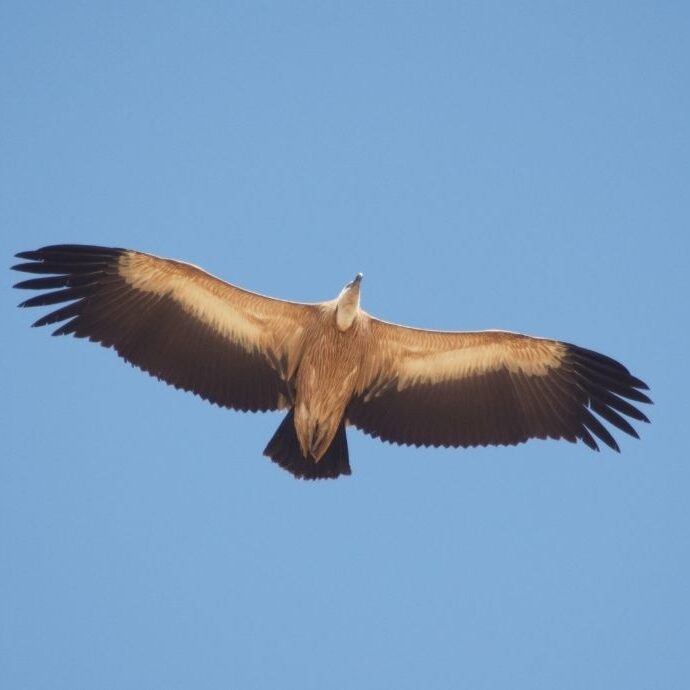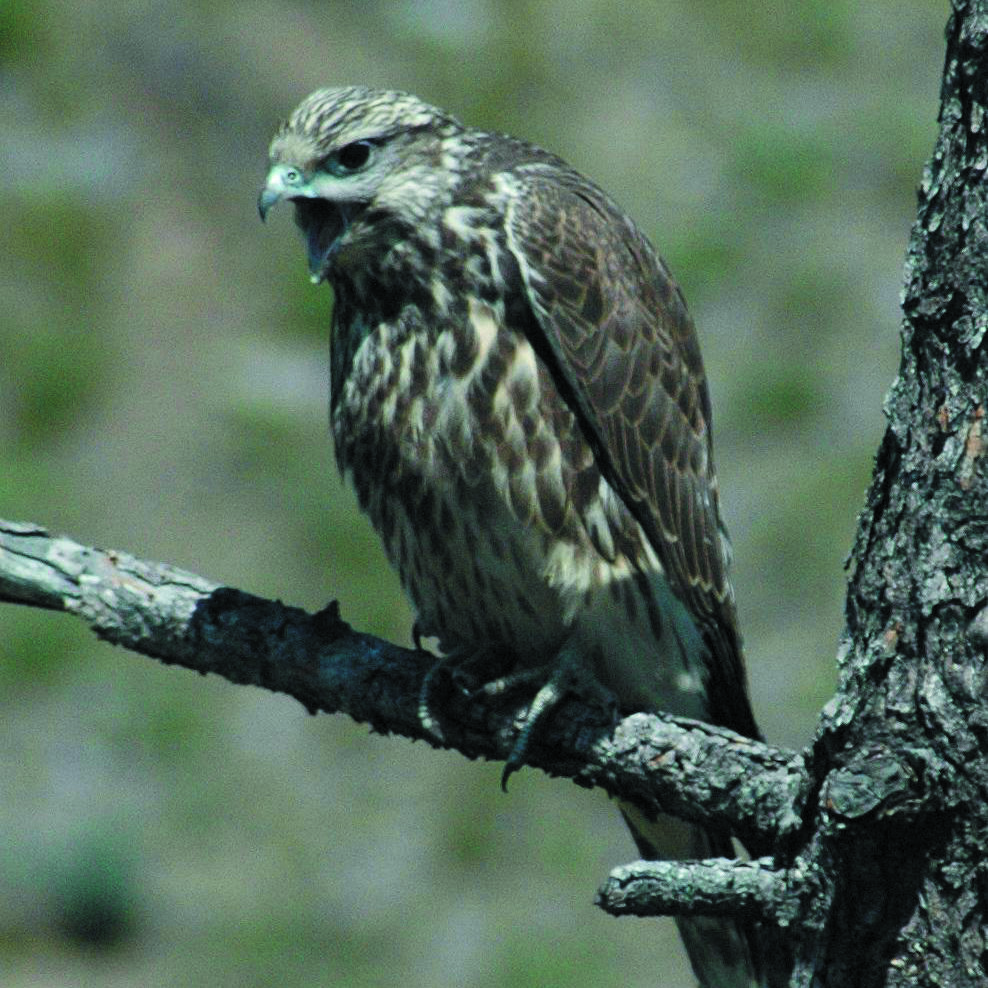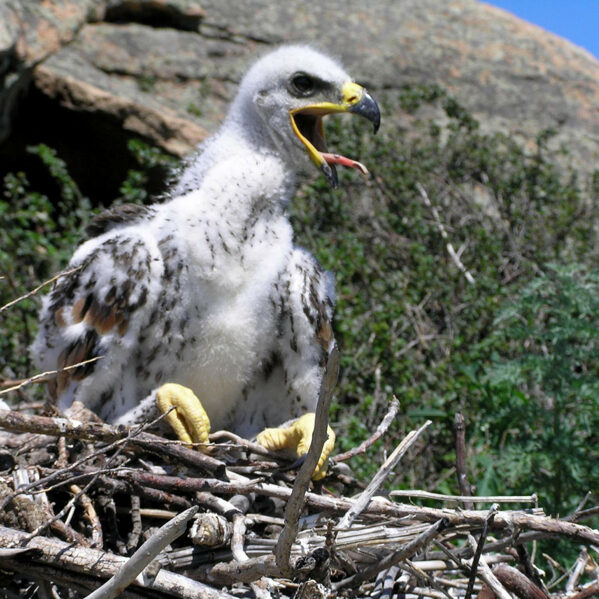Cinereous Vulture
The cinereous vulture (Aegypius monachus) ranks as one of the heaviest and largest raptors in the world. The species is also known as the Eurasian black vulture and monk vulture, the latter name a nod to the bird's upright standing neck feathers that resemble the hood of a monk. The bird boasts an impressive eight to ten-foot wingspan (2.5-3.0 meters), soaring at great heights in search of carcasses.
The species experienced a dramatic decline in Europe over the last two centuries, due to unintentional poisoning, reduced availability of food, trapping and hunting, and habitat destruction, among other factors. While populations in parts of Europe have been recovering, the moderately small population in Asiatic strongholds appears to continue to decline. According to recent estimates, there are 16,800-22,800 adult birds worldwide and between 150-300 nesting pairs in Kazakhstan.
The International Union for Conservation of Nature (IUCN) classifies the cinereous vulture as near threatened, according to its latest (2020) global assessment. As of mid-2024, the Kazakhstan Red Book planned to list the cinereous vulture as a threatened species.
